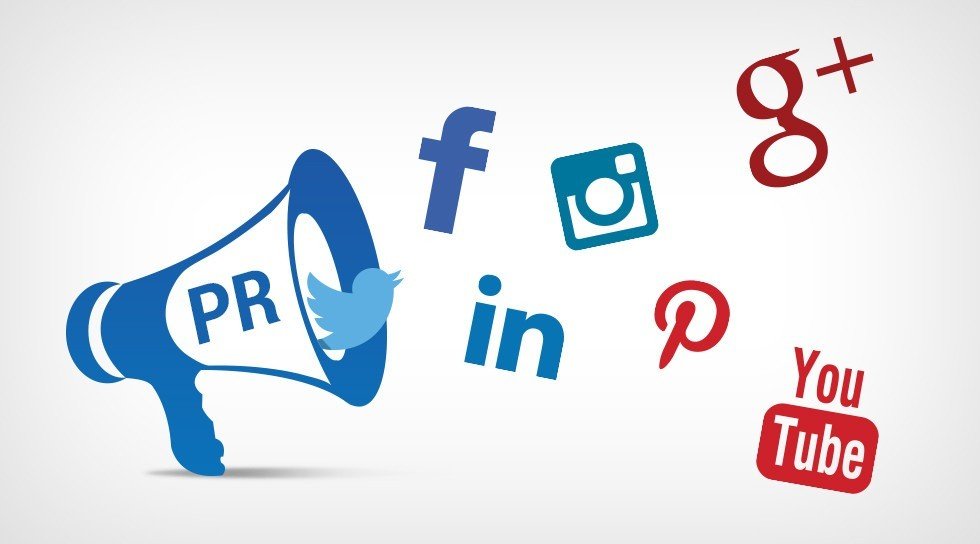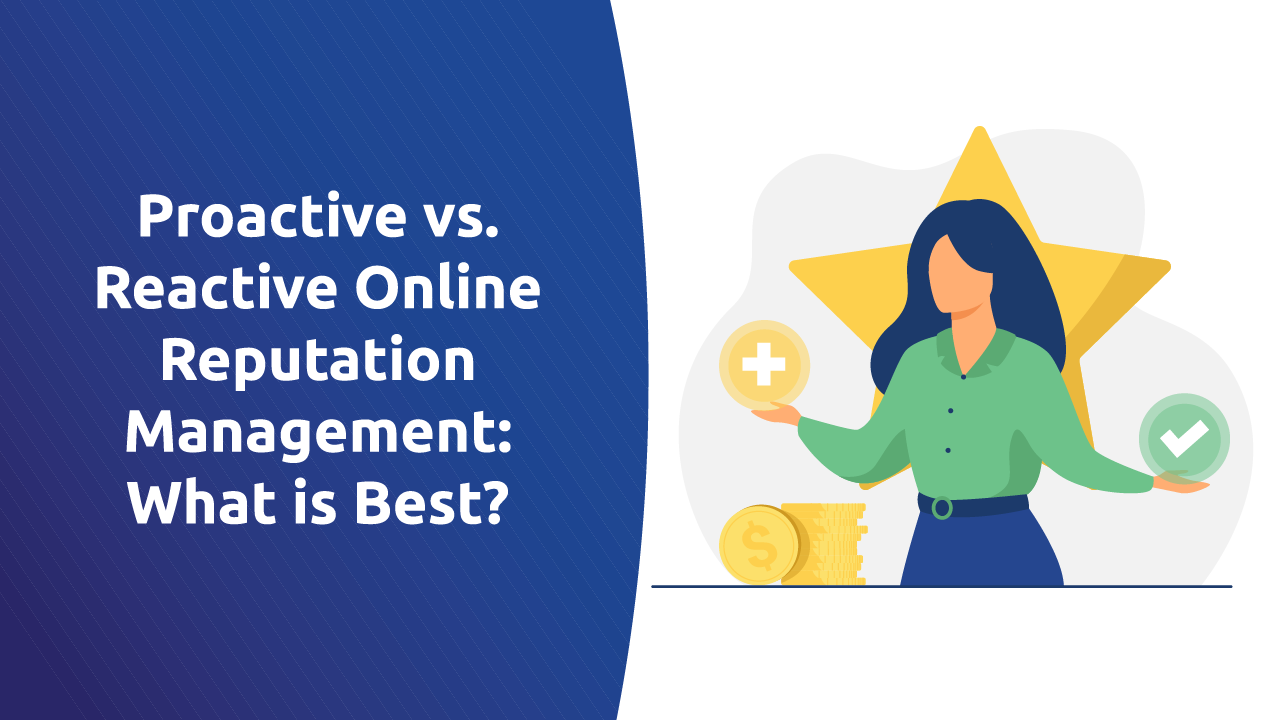In the ever-evolving landscape of public relations (PR), social media has emerged as a powerful tool that can make or break a brand. Gone are the days when PR was solely about press releases and media coverage; today, social media plays a crucial role in shaping public perception, managing crises, and building long-term relationships with audiences. This blog post explores the vital role of social media in modern PR and offers strategies for effectively leveraging these platforms.
1. Amplifying Brand Awareness
Social media platforms like Twitter, Instagram, Facebook, and LinkedIn have given brands unprecedented access to global audiences. PR professionals can use these platforms to:
- Reach a broader audience: With billions of users on social media, brands can extend their reach far beyond traditional media channels.
- Create consistent messaging: Social media allows PR teams to maintain a consistent brand voice across multiple platforms, ensuring that messaging aligns with overall brand identity.
- Engage directly with audiences: Social media enables real-time interactions, allowing brands to build relationships with their audience and respond to feedback instantly.
Example: When launching a new product, a coordinated social media campaign can generate buzz, drive traffic to the website, and increase sales.
2. Managing Online Reputation
In the digital age, a brand’s reputation can change in an instant. Social media plays a critical role in reputation management by:
- Monitoring brand mentions: Tools like Hootsuite and Brandwatch allow PR teams to track what is being said about their brand in real-time, enabling quick responses to potential issues.
- Addressing negative feedback: Social media provides a platform for brands to address complaints, apologize for mistakes, and take corrective action publicly, which can help mitigate damage.
- Showcasing positive stories: By sharing customer testimonials, success stories, and positive media coverage, brands can enhance their online reputation.
Example: If a customer tweets about a poor experience, a prompt and empathetic response from the brand can turn a negative situation into a positive one.

3. Crisis Communication
In times of crisis, social media becomes a critical tool for managing communication. PR professionals can use social media to:
- Disseminate information quickly: During a crisis, social media allows for the rapid distribution of information to keep stakeholders informed.
- Control the narrative: By proactively addressing the issue and providing updates, brands can maintain control over the narrative and reduce the spread of misinformation.
- Engage with the public: Social media offers a platform for answering questions, addressing concerns, and calming fears during a crisis.
Example: In the event of a data breach, a company can use social media to quickly inform customers, explain what steps are being taken, and provide guidance on how to protect their information.
4. Building Relationships with Influencers
Influencer marketing has become a key component of modern PR strategies. Social media platforms are ideal for:
- Identifying and partnering with influencers: Brands can collaborate with influencers whose audiences align with their target market to amplify their message.
- Leveraging influencer content: Influencers can create authentic content that resonates with their followers, helping brands reach new audiences.
- Measuring the impact: Social media analytics tools can track the performance of influencer campaigns, providing insights into engagement and ROI.
Example: A beauty brand might partner with popular Instagram influencers to showcase new products, driving awareness and sales.
5. Enhancing Media Relations
Social media has also transformed the way PR professionals interact with journalists and media outlets:
- Building connections with journalists: Social media platforms like Twitter and LinkedIn offer opportunities to connect with journalists and editors in a more informal, direct way.
- Pitching stories: PR professionals can use social media to share story ideas and press releases with journalists who are active on these platforms.
- Gaining media coverage: By sharing newsworthy content and engaging with journalists online, PR teams can increase their chances of getting media coverage.
Example: A PR professional might use Twitter to pitch a story idea to a journalist who frequently covers topics relevant to their brand.
6. Measuring PR Success
Social media provides PR professionals with valuable data that can be used to measure the success of their efforts:
- Tracking engagement metrics: Likes, shares, comments, and retweets offer insights into how well content is resonating with audiences.
- Analyzing sentiment: Sentiment analysis tools can assess the tone of social media mentions to determine whether the brand is being perceived positively or negatively.
- Evaluating ROI: Social media analytics can help PR teams measure the return on investment (ROI) of their campaigns by tracking website traffic, conversions, and other key performance indicators (KPIs).
Example: A PR campaign might be deemed successful if it leads to a significant increase in positive social media mentions and website visits.
Conclusion
Social media has fundamentally changed the field of public relations, offering new opportunities and challenges for brands. By effectively leveraging social media platforms, PR professionals can amplify brand awareness, manage reputations, handle crises, build influencer relationships, and measure success more accurately than ever before. In the fast-paced digital world, mastering social media is essential for any modern PR strategy.




